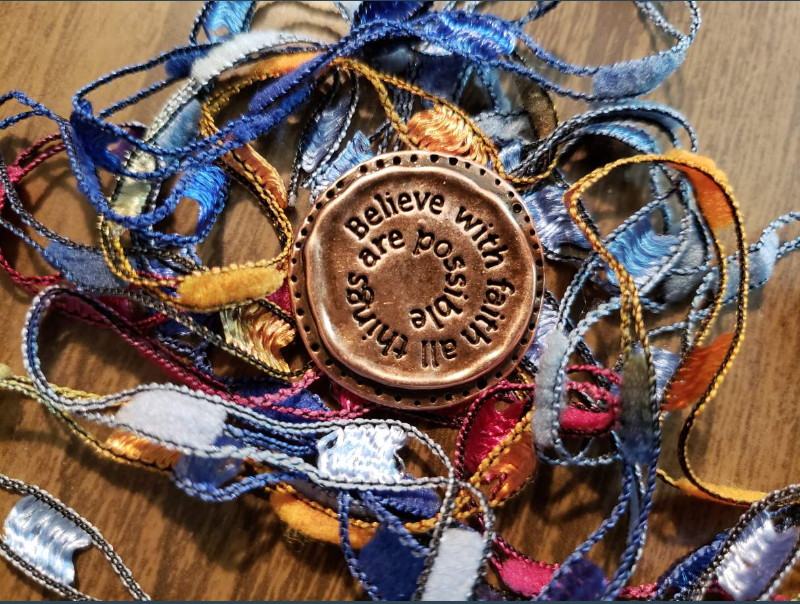Including arguing about whether the writiing is relevant to the non-writing and whether the argument about whether the writing is relevant to the non-writing is relevant fodder for a third party’s writing. Or none of those things..
This, posted at 6:17pm EST on the 15th of February, 2019 was the tweet heard ’round the world. At least the world of food blogs everywhere. Before historian Kevin M. Kruse tweeted this, innocence had hung over the Twitter world, that global place for the polite exchange of ideas, but after… after, the cacophony that some wanted to laugh at while others were weeping shook even the most innocent of bystanders.
I don’t know who I’m making fun of, although I include myself in that. Never have I felt the both sides of an issue as I did with this tweet and the responses that followed.
Having “enjoyed” Twitter since 2009, I laughed at the original tweet. Not a haha good one laugh, but a what have you done FTLOG laugh. I could see what was next a mile away and it didn’t take long for my foreknowledge to be realized.
I’m paraphrasing here, but the gist of it was mostly how fucking dare you?!?!
I saw this storm form quickly as the clouds darkened and the winds gathered. As I said, I can see both sides because I am both sides.
I’m a writer. I want people to read my writing and with most writing, every word has its place, its function. I want it all read.
I also blog about food, share recipes, and post food pics here and on Instagram. It’s one of my, let’s call it niches.
I also search for recipes online.
There are days, like last week. In the middle of cooking dinner, our oven broke. I needed to finish baking the cornbread. I searched online and when I found a microwave recipe, I skipped over everything to get to the very end of the directions for how long to microwave it. It took a little longer than stated because our microwave is older and smaller than the average microwave available today.
Other times I read the narrative to get clues as to taste and texture; what needs to be followed perfectly; what can be tweaked.
And there are times when I post a recipe that I post a narrative alongside it. Some kind of how I discovered this or my daughter came up with this or some other family story or anecdote that I find relevant.
For Christmas, in fact, I wrote a ten recipe cookbook for my church’s food pantry/Christmas basket program. One of the most often compliments that I’ve received about the booklets was about the accompanying narrative that I included for some of the recipes. These included origins, where some were adapted from, links. Next time, I’ll add photos, but the narrative was received just as well as the recipe itself. In fact, one of the gentlemen who I’ve always thought of as dour, smiled, thanked me, and informed me that he sent copies to his two daughters. This was high praise indeed.
So while it would have been easy to be pulled into a Twitter fight between (favorite) historian and a band of incensed food bloggers, I stayed far away, but still checking in to see how both sides held up and where the argument would end. I mean, it is Twitter after all. I did leave one tweet, and I’m sure that I didn’t help anyone on either side.


